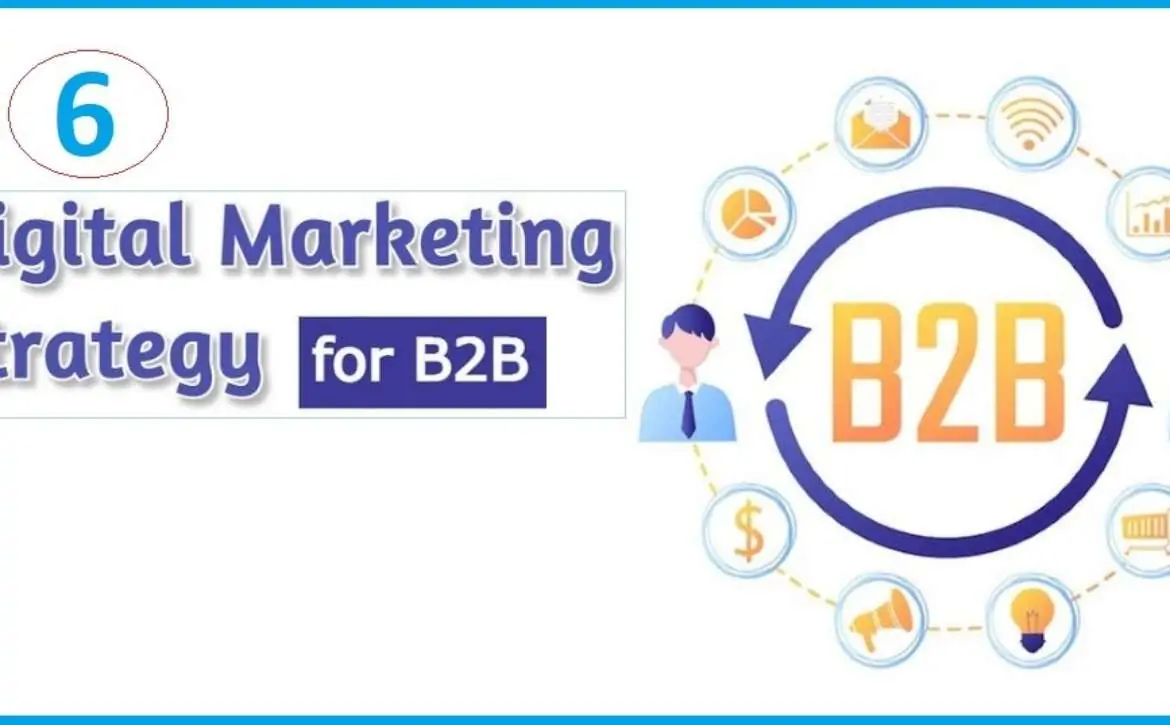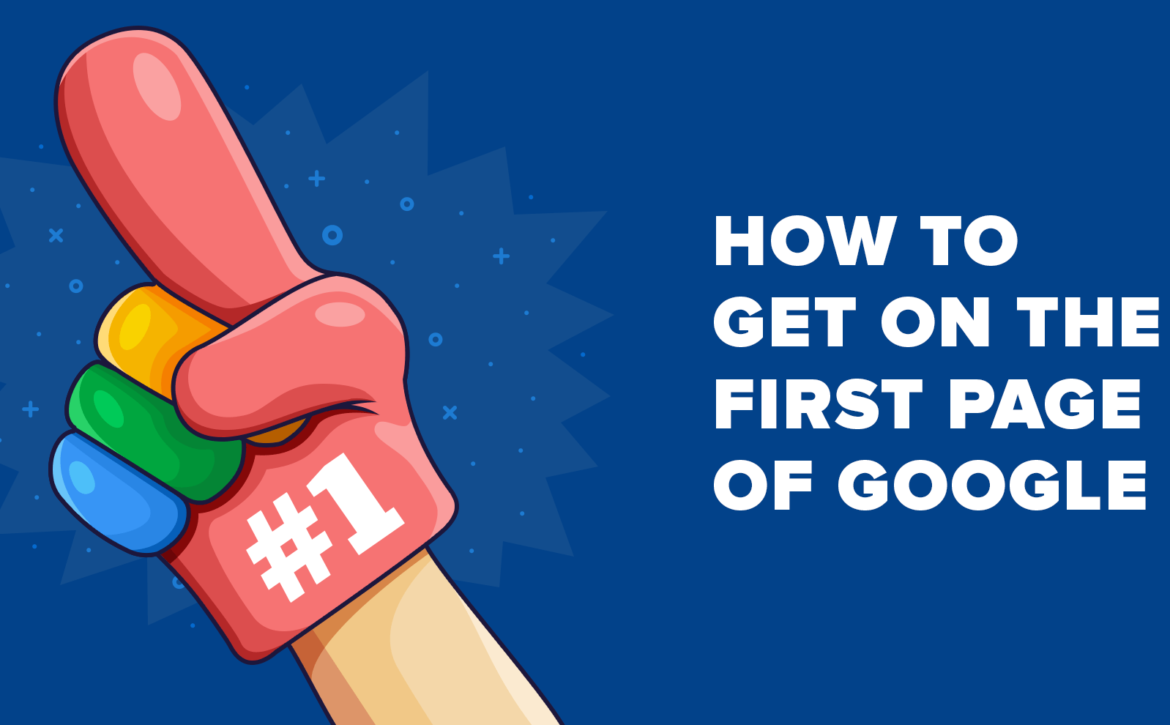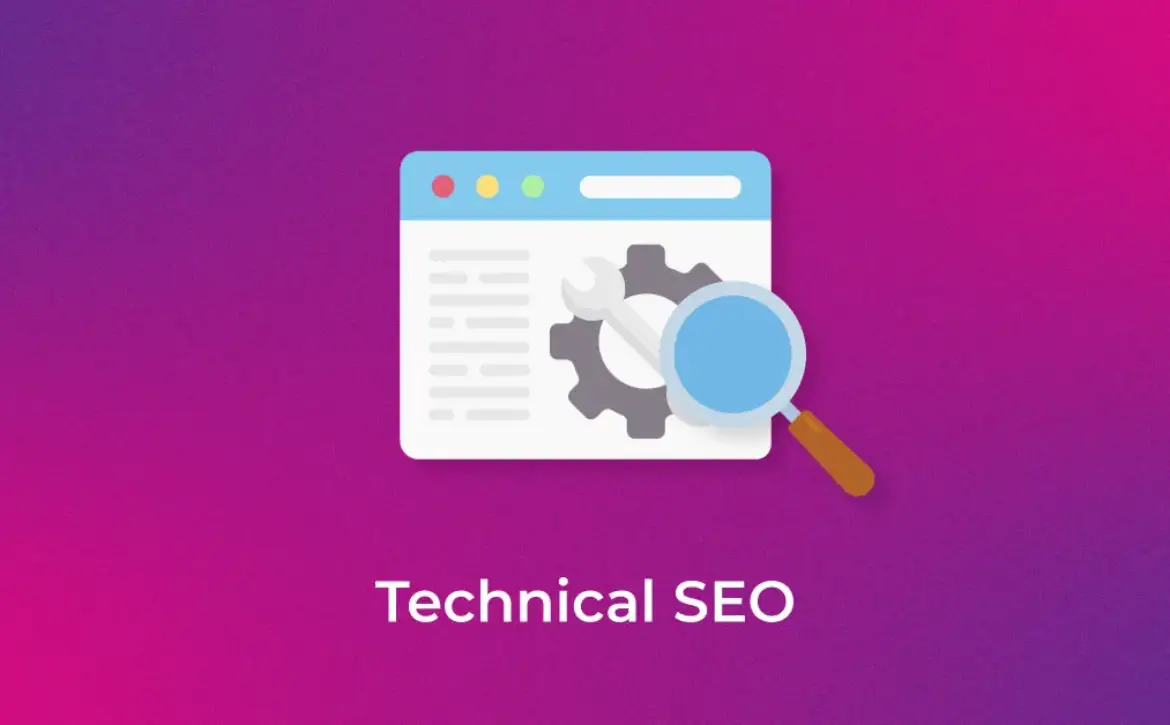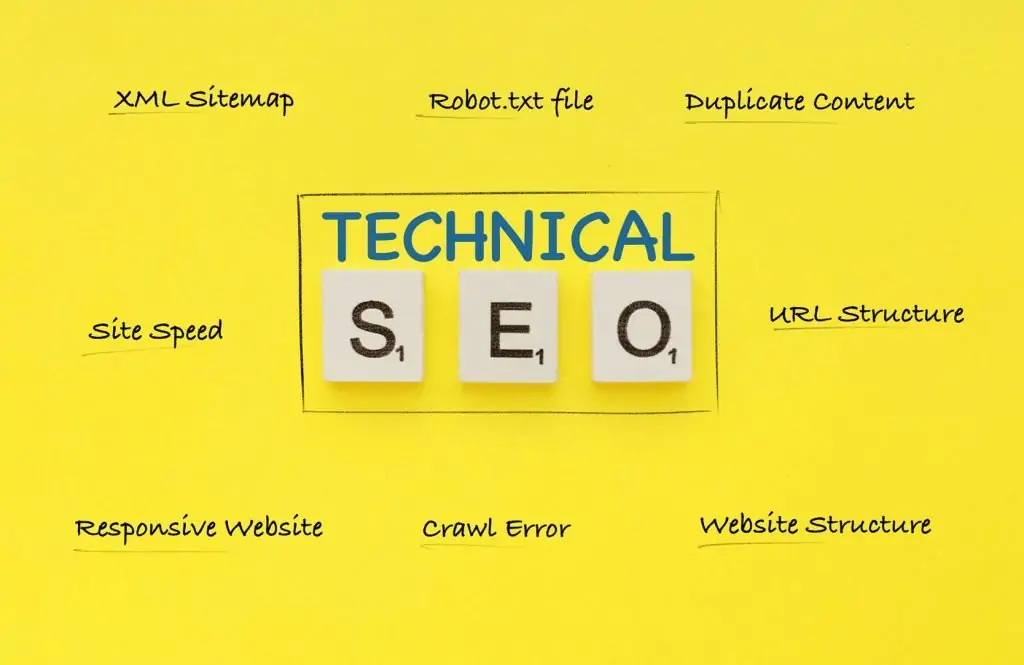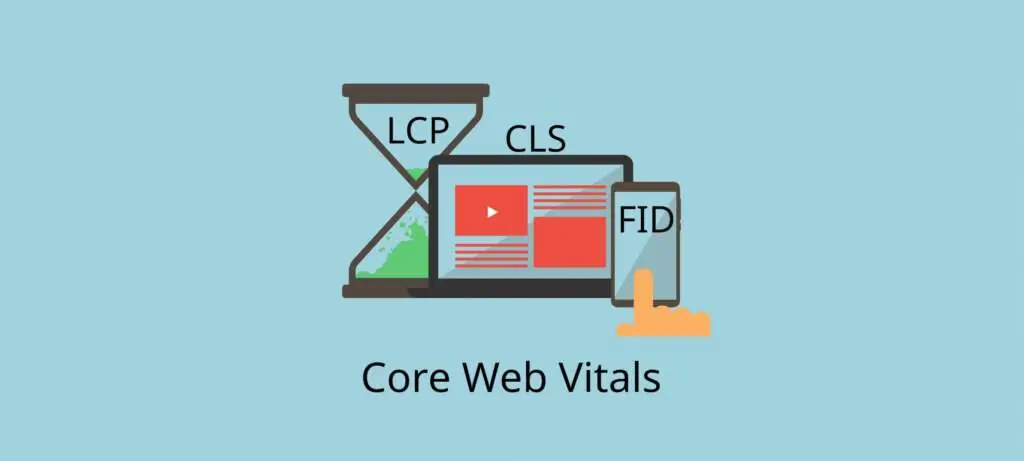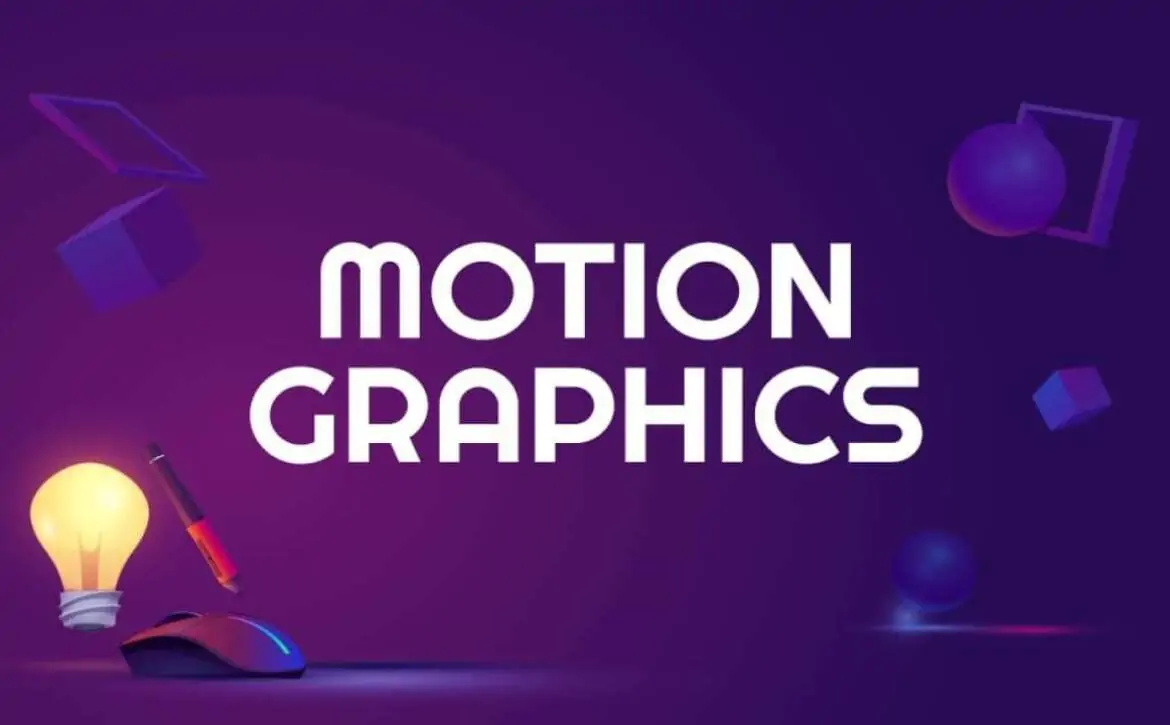Exploring the Strategic Art of Competitor Geofencing
Brands constantly seek innovative ways to reach their target audience, outmaneuver rivals, and claim their share of the market. Enter competitor geofencing, a strategic tactic that leverages location-based technology to target potential customers based on their proximity to your competitors’ physical locations. This powerful tool promises significant advantages, but it also invites questions about ethics and responsible implementation.
Unveiling the Mechanics
Imagine an invisible fence – a geofence – surrounding your competitor’s store or business. When a potential customer with location services enabled enters this virtual perimeter, they unknowingly trigger the activation of pre-programmed marketing messages. These messages can appear in various forms, from targeted ads on their mobile devices to push notifications offering enticing deals or highlighting your unique value proposition. The magic lies in leveraging mobile technologies like GPS, Wi-Fi, and Bluetooth to pinpoint a user’s location and deliver personalized messages strategically aligned with their current situation.
“Competitor geofencing is like playing chess – understanding your opponent’s moves lets you anticipate their next step and gain a strategic advantage.”
– Scott Brinker, Chief Martech Officer at HubSpot

The Allure of Precision
The appeal of geofencing your immediate competition lies in its laser-sharp targeting capabilities:
Hyper-relevance:
Reach people actively present in your competitor’s vicinity, indicating potential interest in the product or service category.
Real-time engagement:
Trigger immediate interaction when individuals are most receptive, potentially influencing their purchase decision at the crucial moment.
Data-driven insights:
Gain valuable insights into competitor foot traffic patterns and customer demographics, aiding strategic decision-making.
Competitive advantage:
Stand out from the noise by directly engaging potential customers already considering your competitor’s offering.
Tales from the Geofencing Frontier
Numerous brands have successfully harnessed the power of geofencing to track their competition:
Retail giant Target:
Utilized geofences around competitor stores to promote exclusive deals and drive foot traffic.
Restaurant chain Chipotle:
Targeted users near competitor restaurants with enticing offers and location-specific promotions.
Streaming service Netflix:
Geo-fenced competitor launch events to promote their content and attract curious attendees.

Ethical Quandaries: Walking the Tightrope of Marketing Morality
While the benefits of competitor geofencing are undeniable, ethical considerations cannot be ignored:
Privacy concerns:
Targeting individuals based on their location raises concerns about data privacy and the potential for intrusive marketing practices.
Fair play vs. predatory tactics:
Can aggressive geofencing practices be perceived as unfairly manipulating customer behavior?
Transparency and trust: Is it crucial to disclose the use of geofencing to maintain consumer trust and build ethical brand relationships?
Navigating the Ethical Landscape: Responsible Geofencing Practices
To harness the power of geofencing responsibly, consider these guidelines:
Privacy compliance:
Ensure strict adherence to data privacy regulations and offer clear opt-out options for targeted messages.
Transparency and disclosure:
Be upfront about your use of geofencing through clear disclaimers and opt-in mechanisms.
Respectful messaging:
Avoid aggressive or manipulative tactics. Focus on offering value and highlighting your unique selling proposition.
Competitive spirit, not dirty tricks:
Avoid targeting locations unrelated to your competitor’s core business or targeting sensitive areas like hospitals.
“Data gleaned through competitor geofencing offers invaluable insights into customer behavior and competitor strategies. It’s like having a secret window into their world, but remember to use that knowledge wisely.”
– David Perry, CMO of GroupM
Innovation and Regulation
Geofencing and geotargeting your competitors is an evolving tactic, and its future hinges on innovative advancements and responsible implementation:
Evolving technologies:
The integration of AI and advanced analytics promises even more granular targeting and personalization.
Regulatory landscape:
Growing privacy concerns may lead to stricter regulations governing geofencing practices.
Shifting user expectations:
Consumers increasingly demand transparency and ethical data practices from brands.
Competitor geofencing, when implemented responsibly, can be a powerful tool to reach targeted audiences, drive engagement, and gain a competitive edge. However, navigating the ethical landscape is crucial. By prioritizing data privacy, fostering trust, and adhering to ethical standards, brands can leverage this technology to achieve sustainable success while maintaining responsible marketing practices. As the digital battlefield continues to evolve, mastering the art of geofencing will require not only strategic skill but also a commitment to ethical conduct, ensuring victory with integrity.









